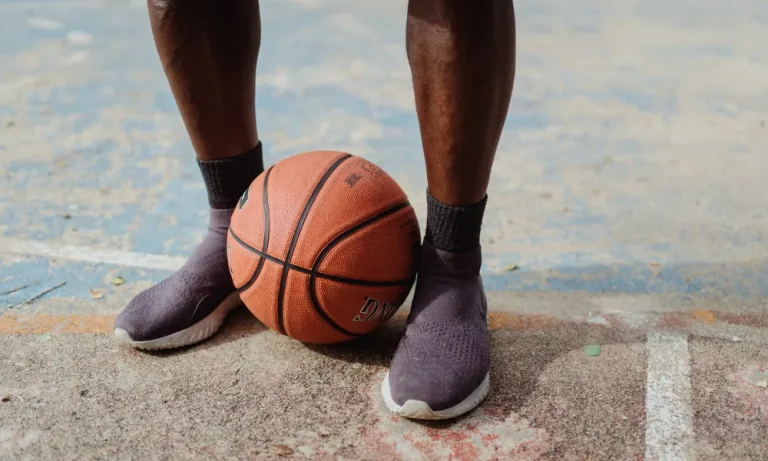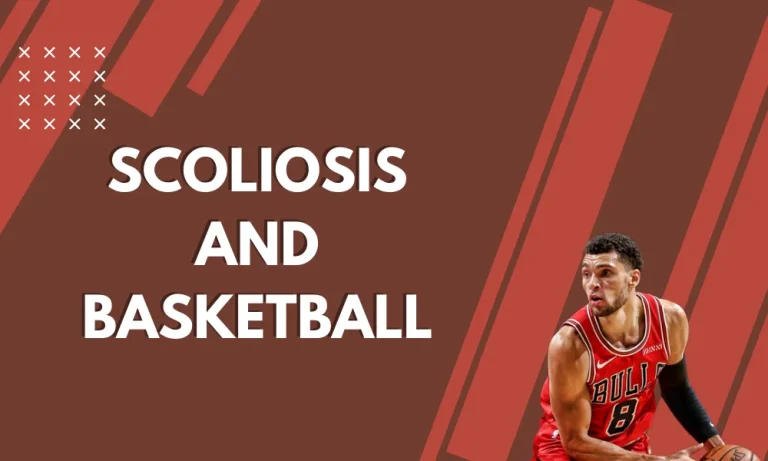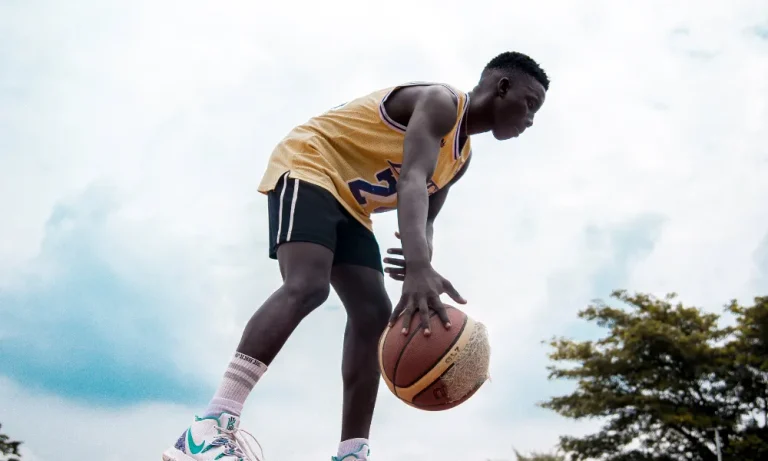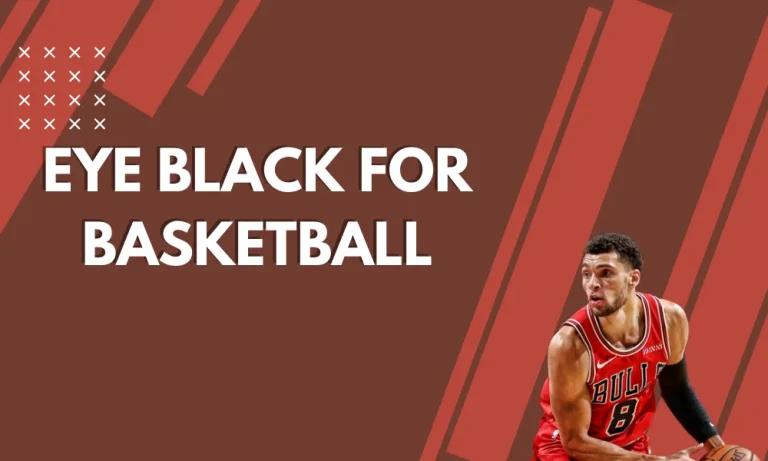How to Become More Aggressive in Basketball?
Are you ready to take your basketball game to the next level? If you want to dominate the court and leave your opponents in awe, it’s time to unleash your inner aggression. In this guide, we’ll show you step-by-step how to become more aggressive in basketball, without compromising sportsmanship.
Understanding Aggression in Basketball
Aggression in basketball is not about physical violence or dirty play. Instead, it’s about channeling your energy and passion into playing with a strong and assertive mindset. It involves being proactive, taking initiative, and displaying a relentless pursuit of victory.
Healthy Aggression vs. Unsportsmanlike Behavior
It’s important to distinguish between healthy aggression and unsportsmanlike behavior. Healthy aggression is a positive trait that fuels competitiveness and motivates players to give their best. It involves playing with intensity, diving for loose balls, and challenging opponents without crossing the line of fair play.
On the other hand, unsportsmanlike behavior is detrimental to the spirit of the game. It includes actions like trash-talking, intentional fouls, or disrespecting opponents. Such behavior not only reflects poorly on the player but also undermines the integrity of the sport.
Psychological and Physical Aspects of Aggression
Aggression in basketball has both psychological and physical dimensions. Psychologically, it requires mental toughness, resilience, and a strong belief in one’s abilities. It involves having a competitive mindset, staying focused, and maintaining a positive attitude even in challenging situations.
Physically, aggression involves being physically strong, agile, and explosive on the court. It requires players to have good body control, quick reflexes, and the ability to initiate contact without losing balance or control.
Mental Strategies to Develop Aggression
To become more aggressive, you need to adopt an aggressive mindset. This means embracing challenges, having a never-give-up attitude, and maintaining a relentless pursuit of success. Believe in your abilities, set high goals, and approach every game with the mindset of a warrior.
Building Confidence and Reducing Fear of Failure
Confidence is a key factor in developing aggression. Build your confidence by focusing on your strengths, setting small achievable goals, and celebrating your successes. Remember that failure is a part of the learning process. Embrace it, learn from it, and use it as fuel to push yourself further.
To reduce the fear of failure, shift your focus from the outcome to the process. Concentrate on giving your best effort, executing your skills, and playing with passion. Trust in your abilities and have faith that your hard work will pay off.
Visualization Techniques to Enhance Aggression
Visualization is a powerful tool to enhance aggression. Before games or practices, take a few moments to visualize yourself playing with intensity and dominating the court. Imagine making strong moves, outperforming opponents, and achieving success. This mental rehearsal will help program your mind for aggressive play and boost your confidence.
Physical Techniques to Enhance Aggression
Physical conditioning plays a crucial role in boosting aggression. Being in top physical shape allows you to perform at your best and maintain a high level of intensity throughout the game. Regular cardiovascular exercises, such as running or cycling, can improve your endurance and help you sustain an aggressive playing style.
Exercises and Drills for Strength, Speed, and Explosiveness
To enhance your aggression, focus on exercises and drills that improve your strength, speed, and explosiveness. Strength training exercises like squats, lunges, and bench presses can help you become more powerful on the court. Incorporate plyometric exercises like box jumps and medicine ball throws to enhance your explosiveness.
Speed and agility drills, such as ladder drills or cone drills, can improve your quickness and reaction time. These drills help you become more agile and better equipped to make quick, aggressive movements on the court.
The Importance of Proper Nutrition and Rest
Proper nutrition and rest are crucial for optimal performance and aggression. Fuel your body with a balanced diet that includes lean proteins, complex carbohydrates, and healthy fats. Stay hydrated and consume foods that provide sustained energy.
Additionally, prioritize rest and recovery to allow your body to repair and rebuild. Aim for 7-8 hours of quality sleep each night and incorporate rest days into your training schedule. This will optimize your physical performance and ensure you can bring your aggression to the court consistently.
Mastering Aggressive Moves and Skills
Aggressive play requires a combination of offensive and defensive skills. To promote aggressive play on offense, focus on techniques like driving to the basket, attacking the rim, and using quick changes of direction to beat defenders. On defense, techniques such as pressuring the ball, denying passing lanes, and staying low and active can help you disrupt your opponents and force turnovers.
Offensive Moves
To master offensive moves, start with the basics such as layups, jump shots, and dribbling techniques. Practice step-by-step instructions for each skill, focusing on proper form, footwork, and body positioning. Visual aids, like instructional videos or diagrams, can also be helpful in understanding the execution of each move.
Defensive Tactics
Defensive tactics play a vital role in aggressive play. Learn techniques like closeouts, defensive slides, and boxing out to effectively guard your opponent and prevent easy scoring opportunities. Break down each defensive tactic into step-by-step instructions, emphasizing proper positioning, footwork, and timing.
Rebounding Strategies
Rebounding is another crucial aspect of aggressive play. Master techniques such as positioning yourself for rebounds, boxing out opponents, and timing your jumps effectively. Provide step-by-step instructions and visual aids to help understand the mechanics and timing of each rebounding strategy.
Overcoming Challenges and Obstacles
One common challenge players face is the fear of physicality and assertiveness. Some players may hesitate to engage in physical battles or assert themselves on the court due to concerns about getting hurt or being too aggressive. This fear can hinder their ability to play with the necessary intensity.
Strategies to Overcome Fear
To overcome the fear of physicality and assertiveness, it’s important to gradually expose yourself to more physical play. Start by participating in drills and exercises that simulate game-like physicality. Gradually increase the intensity and contact over time, building your confidence and comfort level. Visualization techniques can also be useful in mentally preparing yourself for physical challenges.
Dealing with Setbacks and Maintaining a Positive Mindset
Setbacks are a natural part of the journey towards becoming more aggressive. It’s important to maintain a positive mindset and not let setbacks discourage you. Instead, view them as learning opportunities and stepping stones towards improvement. Reflect on what went wrong, make adjustments, and keep working on your skills and mindset.
Incorporating Aggression into Gameplay
To apply aggression effectively during games, it’s important to strike a balance between intensity and control. Aggression should be channeled in a way that benefits your team and doesn’t result in fouls or reckless play. Focus on being assertive in your offensive moves, challenging opponents on defense, and relentlessly pursuing rebounds. By playing with controlled aggression, you can create scoring opportunities, disrupt opponents, and energize your team.
Teamwork and Communication
Aggressive play is not just about individual effort; it’s also about teamwork and communication. Effective communication with your teammates is essential to coordinate defensive switches, set effective screens, and execute aggressive offensive plays. Work on building trust and developing on-court chemistry with your teammates, as this will enhance the effectiveness of your aggressive play.
Strategic Use of Aggression
Aggression can be used strategically to gain an advantage over opponents. For example, on defense, applying pressure on the ball handler can force turnovers and disrupt offensive plays. On offense, using aggressive drives to the basket can draw fouls, create scoring opportunities, or open up passing lanes for your teammates. By understanding the game situation and using aggression strategically, you can become a more impactful player.
Safety and Sportsmanship
Playing aggressively doesn’t mean disregarding the rules or intentionally harming opponents. It’s crucial to understand that aggression should be channeled in a way that is fair and within the boundaries of the game. This means avoiding unnecessary roughness, dangerous fouls, or any actions that can cause harm to yourself or others. Play hard, play intense, but always play fair.
Consequences of Unsportsmanlike Behavior
Engaging in unsportsmanlike behavior can have serious consequences. Not only can it result in penalties, ejections, or suspensions from games, but it can also tarnish your reputation as a player. Unsportsmanlike behavior goes against the principles of fair play and can harm the integrity of the game. It’s important to remember that your actions on the court reflect your character and sportsmanship.
Prioritizing Safety and Respect
Above all, safety and respect should be prioritized in aggressive play. This means taking precautions to avoid unnecessary injuries, such as wearing appropriate protective gear and practicing good sportsmanship toward opponents. Respect your opponents by playing hard but within the boundaries of fair play. Treat them with dignity and avoid any actions that may cause harm or escalate tensions.
FAQs: How to Become More Aggressive in Basketball
How can I develop a more aggressive mindset in basketball?
To develop a more aggressive mindset, focus on your goals, visualize success, and embrace challenges. Set high expectations for yourself and maintain a competitive attitude.
What are some drills or exercises that can help me become more aggressive on the court?
Incorporate high-intensity drills such as defensive slides, attacking the basket with speed and power, and practicing aggressive rebounding techniques. These exercises can help you develop the physicality and intensity needed to play aggressively.
How can I effectively apply aggression without committing fouls or playing recklessly?
It’s important to strike a balance between aggression and control. Focus on being assertive in your offensive moves, challenging opponents on defense, and pursuing rebounds, while maintaining good body control and avoiding unnecessary contact.
How does communication and teamwork play a role in aggressive play?
Communication and teamwork are vital in aggressive play. Effective communication helps coordinate defensive switches, set screens, and execute aggressive offensive plays. Building trust and chemistry with your teammates enhances the effectiveness of your aggressive play.
What are some strategies to use aggression strategically during games?
Use aggression strategically by applying pressure on the ball handler to force turnovers on defense. On offense, aggressive drives to the basket can draw fouls, create scoring opportunities, or open up passing lanes for teammates. Understanding the game situation and using aggression tactically can give you a competitive edge.
Conclusion
Becoming more aggressive in basketball requires a combination of mindset, skill development, and strategic thinking. Embrace the intensity, practice assertiveness, and channel your aggression in a controlled manner. Remember, aggression is a tool to elevate your game, so use it wisely and with respect for the sport and your opponents.




